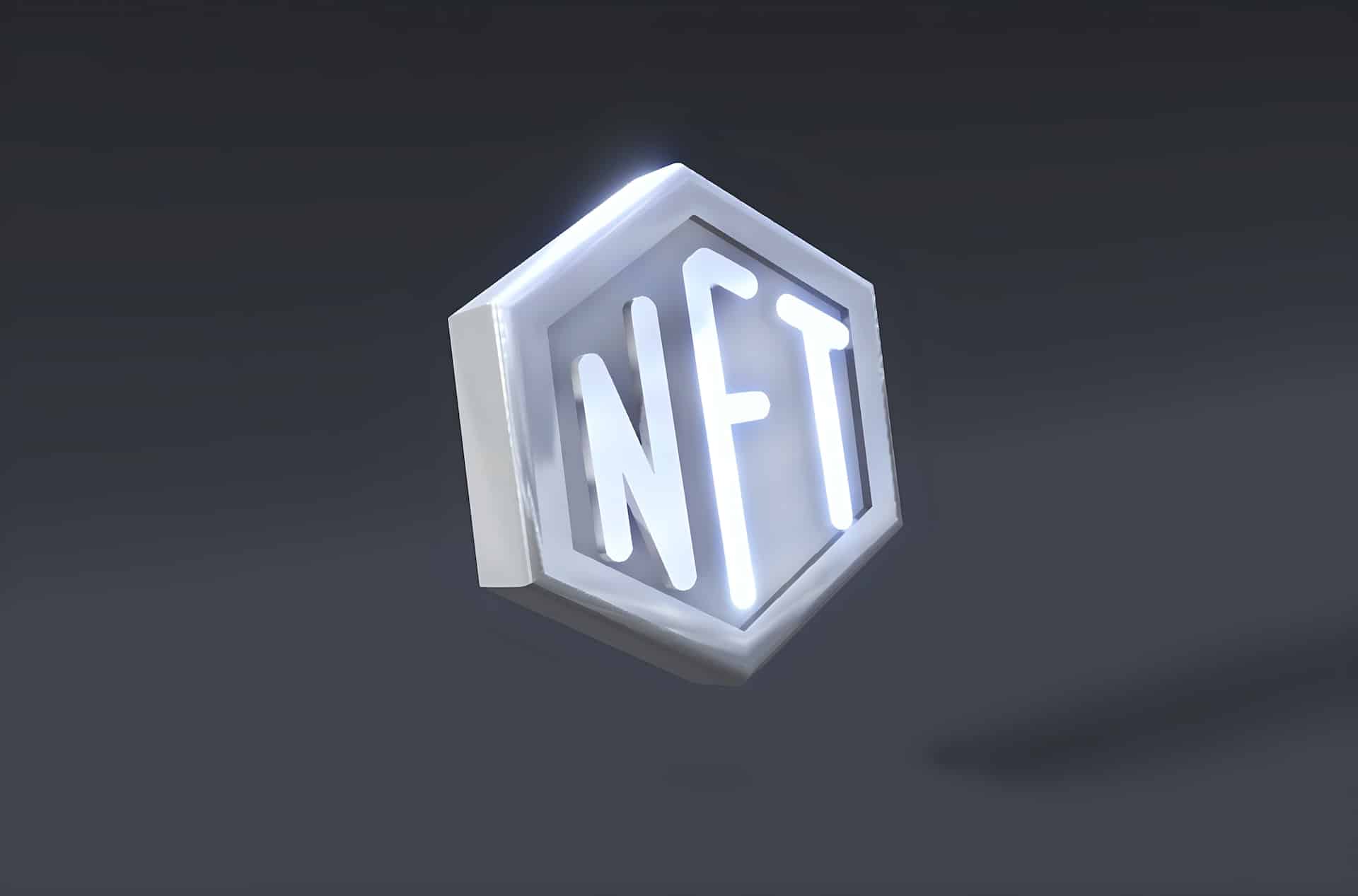What is NFT Farming? A beginner’s guide

NFT farming merges concepts from DeFi with NFTs to enable holders to earn a return on NFTs.
Posted May 25, 2023 at 6:37 AM EST. Updated 25 May 2023 at 6:37 AM EST.
NFT farming is a new concept in Web3 that combines DeFi and NFT technology, allowing NFT holders to monetize their tokens. Read on to learn what NFT farming is, how it works and where you can farm.
What is NFT Farming?
Before we discuss what NFT farming is, let’s first define what NFTs are and briefly describe yield farming.
NFTs are digital tokens registered on a blockchain that represent unique digital or physical assets such as digital art, music or even physical assets such as real estate. Yield farming, on the other hand, is the practice of depositing crypto assets into a decentralized liquidity pool to receive rewards paid out in tokens.
With the boom that NFTs and yield farming experienced independently of each other, it wasn’t long before developers mixed the concepts of NFTs and yield farming to create NFT farming (or NFT yield farming) as a way for NFT owners to generate income by distribute their NFTs in the DeFi market.
NFT farming involves staking NFTs in exchange for a reward in tokens or, alternatively, staking tokens to earn NFTs as a reward. Unlike traditional yield farming, where you have to deposit crypto assets into a liquidity pool to earn tokens as a reward, NFT farming uses NFTs instead of fungible tokens.
NFT yield farming enables NFT holders to create liquidity and utility for their NFTs, which would otherwise be considered illiquid digital assets.
When DeFi Meets NFTs: How Does NFT Farming Work?
The NFT farming process is slightly different from platform to platform, but generally it involves staking an NFT in exchange for token rewards or depositing tokens to receive rewards in the form of NFTs.
To start NFT farming you need a crypto wallet and an NFT that you want to deposit to earn returns. You then deposit the NFT into an NFT breeding pool of your choice. Once your token is deposited, you will start earning rewards.
Alternatively, you deposit fungible tokens (usually the native token of the platform) into an NFT farming pool and start earning rewards paid out in NFTs.
The most common place to grow NFTs is blockchain games. Here, users can stake in-game items (in the form of NFTs) and in exchange earn the game’s token. On the other hand, they can also stake their tokens and receive NFTs.
Axie Infinity, for example, is one of the most famous blockchain games that offers NFT farming as a feature. In Axie Infinity, players earn SLP tokens, which they can use to create NFTs in the form of new Axies.
Examples of NFT Farming Platforms
Let’s take a look at two examples of NFT farming platforms.
- Aavegotchi: Aavegotchi is an Ethereum-based crypto-collective game where players can purchase and grow their own Aavegotchis, which are NFT avatars, which they use to explore the Aavegotchi ecosystem. Aavegotchi has the Rarity Farming feature, which allows players to earn GHST tokens – the primary tool in the Aavegotchi ecosystem – by staking their Aavegotchi ghost NFTs.
- Mobox: Mobox is an NFT-powered gaming platform that combines yield farming and NFT farming. In the game, users can stake MOBOX (MBOX) tokens to unlock NFTs, called MOMOs. MOMO NFTs have different levels of rarity and can be used as characters in the game. Issuing MBOX tokens also enables holders to earn the governance token veMBOX, which can be used to participate in the protocol’s governance decisions.
There are several other NFT farming platforms available on the market today. But before using an NFT farming platform, do your research and only distribute an amount of tokens you can afford to lose.
Advantages and disadvantages of NFT Farming
The main advantage of NFT farming is that it enables holders to earn returns on their non-fungible tokens. Moreover, it is provides utility and liquidity to an otherwise illiquid crypto asset class.
However, just as with other aspects of blockchain, it is not free of risk.
Most NFT farming protocols are relatively new and have not yet established themselves as secure DeFi protocols. therefore possibility of losing funds due to operational errors which originates from errors in the code or cyber theft due to vulnerabilities in the protocol’s smart contract pose a real risk to NFT crop farmers.
Also, protocol tokens used in NFT farming platforms are usually very volatilemuch like the values of NFTs, which means that NFT farming – overall – is one of the riskier ways to earn returns in the crypto markets.
For now, NFT farming is still a niche concept, but should more platforms offering this service become established, we may see more capital invested in these protocols.























